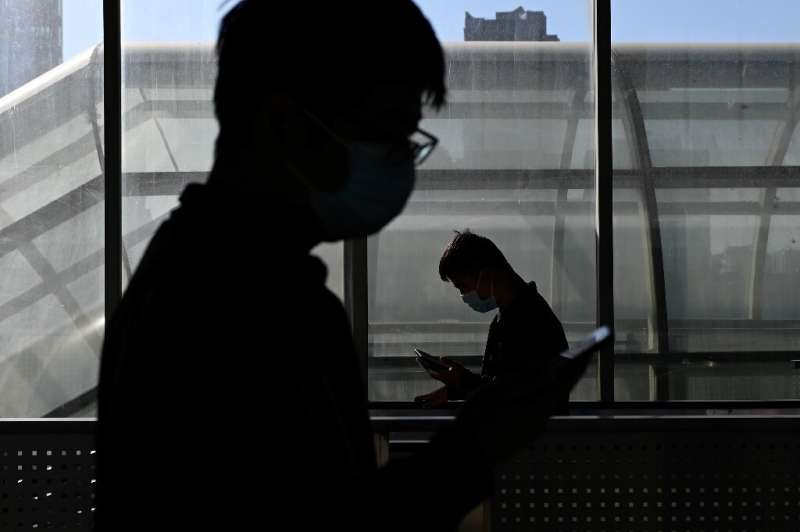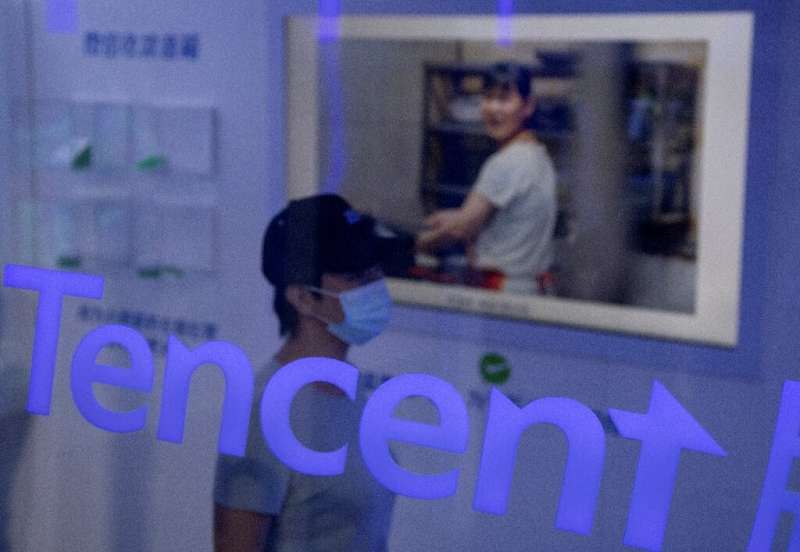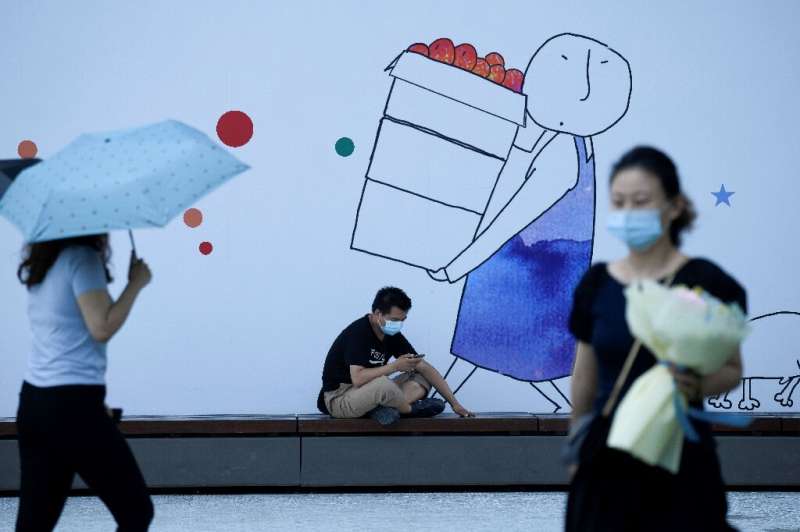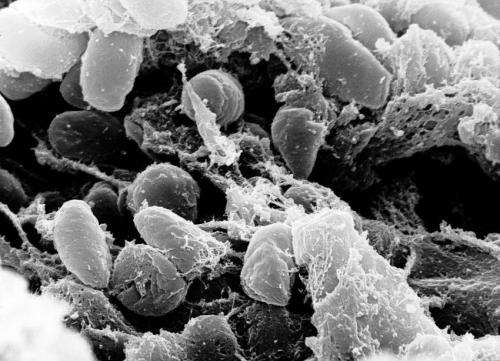Smart energy meter shows energy generation instead of consumption

An energy meter indicates that hundreds of watts are generated but in reality a small amount of power is consumed. This can happen using the combination of a dimmer and some household equipment, which together only consume about twenty watts. Depending on the actual setting of the dimmer, the energy meter gives the correct read-out, a consumption that is twenty times higher, or even hundreds of watts of generated power. Researchers from the University of Twente will present and explain this effect on the large online conference on electromagnetic compatibility, EMC 2021.
"The meter is running back," we used to say when energy was generated—the dial of the electricity meter turned the other way around, which was a great way of visualizing the power generated by solar panels, for instance. Today's smart meters have a display that can show the energy that is fed back. Earlier UT research, on intelligent electricity meters, indicated that the errors in reading can be huge: they can show substantial under- or overconsumption of hundreds of percentages. As the researchers now found, they can even show a negative amount of energy, as if electronics would generate power instead of using it.
This effect happens when a remotely controlled dimmer is used in combination with some kind of household equipment. When the dimmer is only used for switching on an off, it still appears to dim for a few seconds. For the equipment, this has no direct consequences, but for the measurements the smart meter shows, it can be the difference between a readout that is fully correct, a readout that indicates far too much power and a readout that actually shows energy production. After consumers noticed this in their homes, Frank Leferink's lab tested it using both a simulated main voltage with no further load and a fully operational environment with all types of devices working.
According to the researchers, this has to do with the rapid current pulses formed by the combination of the dimmer and the device. Like many home devices and battery chargers, the dimmer also has a switching power supply—it will work the same for various main voltages (110 V, 230V) by switching rapidly. Thus, it is not linear load anymore, like many loads used to be. The dimmer, in turn, can take action at several moments of the sinusoidal shape of the net voltage. This moment determines the measured outcome: roughly from minus 400 to plus 400 watts.
Switching power supplies, LEDs, and dimmers are far more complex loads. An average electricity meter determines the overall current using a coil. But this too simple and will not accurately measure today's complex net loads. Many of the smart energy meters were upgraded and have the lastest "immunity norm," but even for this article a meter was used that was built in 2019.
The other side of the coin is that the equipment we use should meet the standards as well, as noted in a recent publication of "Netbeheer Nederland' (Netherlands Grid Management). The combination of equipment and a dimmer that is not used for dimming may be a bit out of the ordinay. But imagine you use a remotely controlled device for several purposes: you dim a few lights, and switch on and off another type of device, all in one. So, this situation may not be that extraordinary after all.
The paper "How to earn money with an EMI problem: static energy meters running backwards," by Tom Hartman, Bas ten Have, Niek Moonen and Frank Leferink, will be presented at the IEEE Symposium on Electromagnetic Compatibility, Signal & Power Integrity.Electronic energy meters' false readings almost six times higher than actual energy consumption
Provided by University of Twente


















